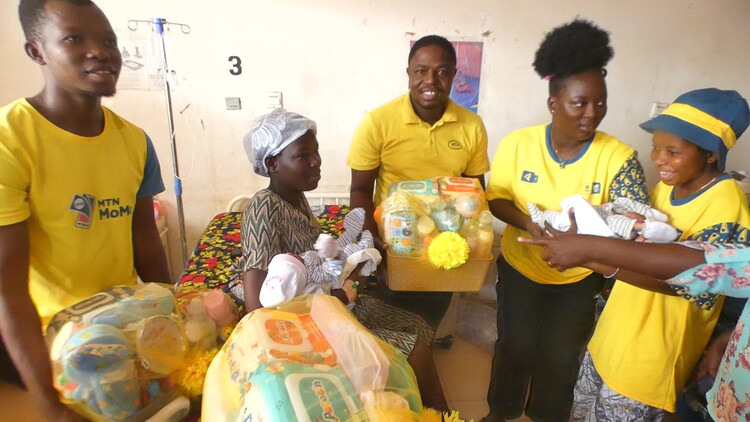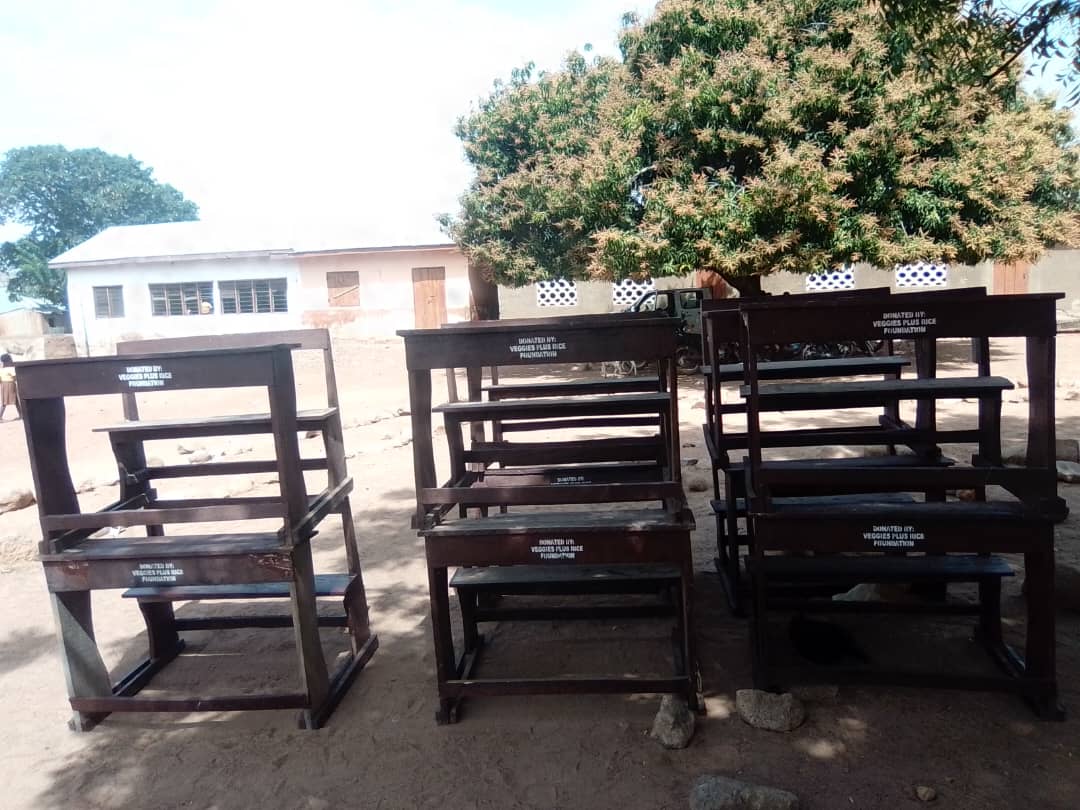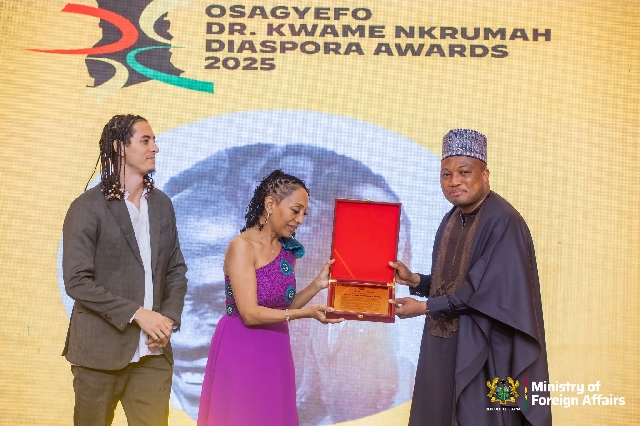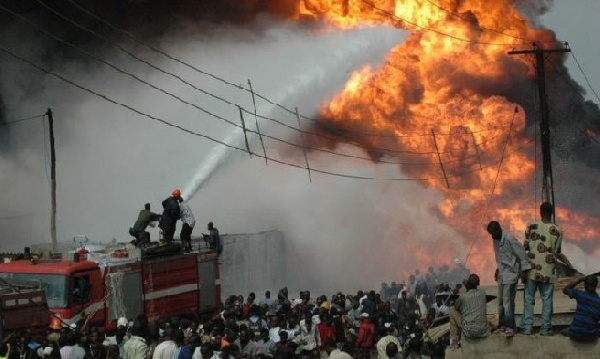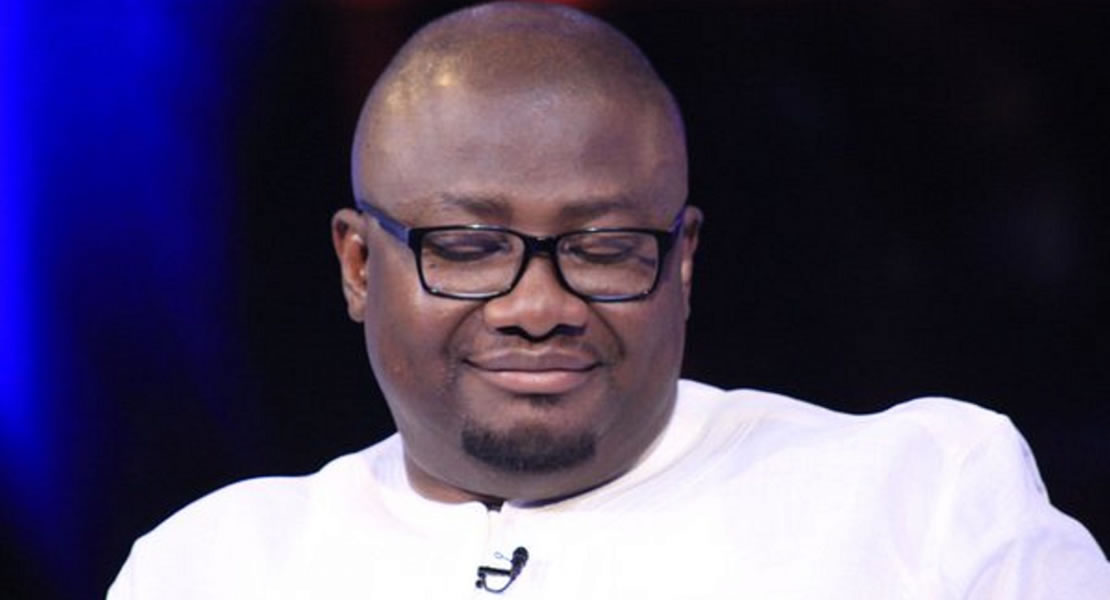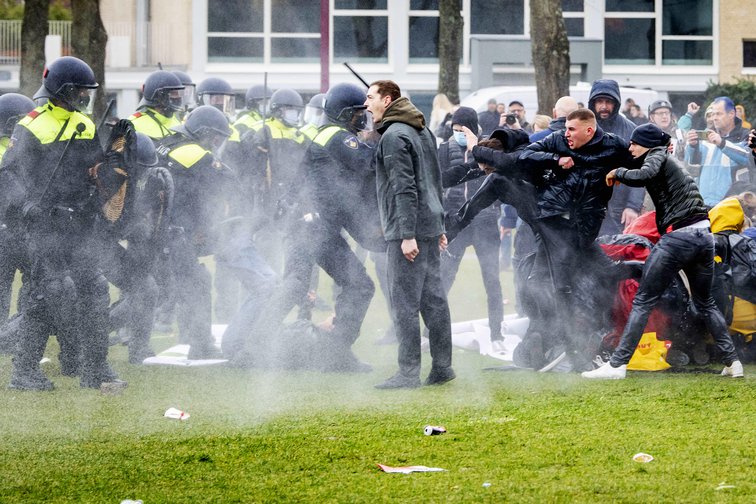Conspiracy-fuelled riots sizzle on the streets of Amsterdam and Rotterdam and the Dutch cabinet has collapsed in a racist child benefit scandal. We are the last country in Europe to start vaccinating and have the second highest wealth inequality in the rich world. Our print media is owned by just two corporations and we are performing worse on climate change than our European neighbours. My adopted home likes to present itself as the prefect of Europe. But in reality, the Netherlands is a mess.
Yet polls say that the shambolic ruling party, the Liberal Party (VVD), is set to gain seats in the national election on 17 March. Its leader, prime minister Mark Rutte will likely lead his fourth consecutive cabinet and his nearest rival, Geert Wilders, who wants to ban the Koran and deport Muslims, is also set to gain seats.
I first moved to Amsterdam from the UK in 2004, and have lived here on and off with my Dutch partner ever since. I’ve often wondered “wtf is going on in this country?” With the election looming, I decided to find out.
Netherlands in Revolt
In January, violent riots broke out across the country. Instigated by fascists, conspiracy theorists and football hooligans, the early protests also included many people – including a friend of ours – who weren’t necessarily on the ultra Right, but who strongly objected to the first night-time curfew – an anti-COVID measure – since the Nazi occupation of the Second World War.
Later on, in some areas, young people of Turkish descent also came out on the streets and caused damage. Though both extreme Right parties – Geert Wilders’ Party for Freedom (PVV) and Thierry Baudet’s Forum for Democracy (FvD) – have been criticised for initially spurring the riots on, both later blamed the violence on Turkish youths and ‘mass immigration’, and Wilders even called for the army to be brought in. Football hooligans who had been rioting earlier then came out to ‘protect their cities’ from other rioters. In some cities, police reportedly got these hooligans to help them (a claim that the police later denied, despite a local mayor saying he was ‘proud’ of the fans’ support).
The idea that the riots were an immigrant problem was repeated by the media, and stuck. My partner, Erik, and I had been spending the winter in the countryside in the province of North Brabant, where much of the destruction took place. In a conversation between Erik and our landlord there, the landlord – a teacher in further education – said “luckily there aren’t any foreigners walking around here. Oh, except for Laura.”
What is happening is what always happens in this country, we don’t talk about it. If we don’t talk about it, it does not exist
Eerily, though the riots broke out only weeks ago, it already feels like they never happened. For Sylvana Simons, a former MTV presenter who is now the leader of the upstart anti-racist party, Bij1, which hopes to gain its first seats next week, this is a peculiar trait of the Netherlands. “What is happening is what always happens in this country, we don’t talk about it. If we don’t talk about it, it does not exist,” says Simons. This has led to crisis after crisis rumbling on unresolved for years. Intensive farming is producing dangerous nitrogen levels. Gas drilling by Shell and Exxon Mobil is triggering hundreds of earthquakes, wrecking homes in Groningen. Thousands of people have been bankrupted by false allegations of benefit fraud. But we’ll come to that.
First, to understand what’s going on, you need to understand the country’s economic and political system.
Fear, hope and discontent
“There are three things that motivate voters,” says political consultant Sybren Kooistra, “fear, hope and discontent. And the extreme-Right parties are the only ones mobilising discontent”.
There’s good reason for discontent. Since the 1980s, healthcare has been privatised, housing and labour markets have been deregulated. The public sector has been squashed. And this accelerated after the 2008 financial crisis. Between 2011 and 2016, Rutte-led cabinets implemented austerity measures worth €47.4bn, including big cuts to public sector pay, social security and care – even though government debt was low relative to its GDP.
As a result, half the population can’t find an affordable home, and homelessness doubled between 2009 and 2019 to 40,000. A million people live below the poverty line. More than 30% of workers are in precarious jobs, the third highest proportion in Europe after Poland and Spain. There are teacher shortages and public transport is rusting. More than half of intensive care beds have gone in the past ten years.
Healthcare has been privatised, housing and labour markets have been deregulated. The public sector has been squashed
Simons thinks that COVID-19 was treated too much like a management problem and not enough like a social problem. “[Mark Rutte] feels like he’s the CEO of… this company called the Netherlands.” This, combined with the bureaucracy of a privatised health system, a highly decentralised administration, and a government that refuses to take decisive action that might antagonise voters, helps explain the high infection rates and the fact that the Netherlands was the last country in Europe to start vaccinating.
The familiar story that no-one’s heard
Such tales of economic and social carnage may sound familiar if you’re British, but they are virtually unheard of in the Netherlands. Merijn Oudenampsen, an academic who researches Dutch neoliberalism, says this has to do with the country’s particular version of proportional representation, where coalitions are formed after elections. There was no controversial Margaret Thatcher figure pushing the new settlement through. “Instead, the tradition is to depoliticise matters, and to try to frame them in a way that all parties can agree with. If you’re in a political coalition and you want your plan to be approved, it’s not very smart to highlight the ideological content of the plan.”
Economic decisions were positioned outside the political terrain. “So you have this very technocratic neoliberal turn, which is not discussed in public as being a radical shift. It happened without people being very clear what was going on.”
The rise of cultural politics
In place of an open discussion about social and economic policy, a highly conservative cultural politics was manufactured by political elites. Similarly to Thatcher’s Tories, the VVD, led by Mark Rutte since 2006, embraced the formula of economic liberalism plus cultural conservatism. “But in the Netherlands, the culturally conservative discourse really became everything in the sense that economics became a very technocratic thing… It’s no coincidence, of course, that the rise of the populist right happens at the moment of a new neoliberal consensus,” says Oudenampsen.
Muslims of Turkish and Moroccan descent – whose parents and grandparents had come to the Netherlands as guest workers in the 1960s – began to be characterised as a problem group. By 2002, the leader of the Social Democratic party (PvdA) felt himself at ease to speak in the Dutch media of ‘Kutmarokkanen’ – ‘shit Moroccans’. The murder of Pim Fortuyn, a pioneer of right-wing populism, in 2002 by an environmentalist, and of Theo van Gogh by a Muslim extremist in 2004, led to increasing toleration of right-wing extremism in elite politics and the media.
There are now two extreme right parties in the Netherlands. Geert Wilders’s PVV, founded in 2006, and the new FvD, founded in 2016. The FvD’s Trumpian brand of populism was a big hit in 2019’s provincial elections, where it won the most seats.
But last year, Whatsapp messages from members of its youth wing were leaked, which celebrated mass shootings in the US and said things like “Jews are extremely afraid of whites. That’s why all news organisations with mainly Jews at the top are so busy spreading anti-white rhetoric”. The party turned on itself.

The Netherlands has a sizeable Qanon following and an assortment of other conspiracy theorists. But the FvD’s attempt to represent them seems to have been short lived, and the party is predicted to win just four or five seats.
The FvD has, however, warped political debate so much that Geert Wilders’ PVV is now being portrayed by many as ‘moderate’, including in an irresponsible report on BBC’s Newsnight. In reality, the PVV promises to ban migrants from Muslim countries, ban the Koran, close mosques, and declare Islam a totalitarian ideology rather than a religion. The party is polling in second place.
‘We don’t call it a scandal’
Spending cuts and racist scapegoating can also be found at the roots of the child benefit scandal – the toeslagenaffaire – that forced the resignation of the cabinet in January. As the PvdA embraced the neoliberal turn in the 1990s – dropping its commitment to socialism in 1995, the same year that Tony Blair’s New Labour did – and a new ‘moderate neoliberal’ settlement emerged, the welfare system was restructured into a more coercive, workfare model. Cuts to social spending were justified as ‘tackling benefit cheats’.
This climate led to an estimated 26,000 parents being wrongfully accused of child benefit fraud. Often, victims were forced to pay back tens of thousands of euros, and pushed into financial ruin. The tax service ethnically profiled its victims, singling out those with dual nationality and with ‘different’ sounding surnames. This component, however, was omitted from the remit of a parliamentary inquiry into the scandal. As Simons says, “So again, the racism is everywhere, but it’s never addressed, ever.”
The inquiry specifically implicated the cabinet and criticised what has become known as the ‘Rutte doctrine’ – a culture in which communications between officials and ministers didn’t have to be documented or disclosed to freedom of information requests. Despite this, the whole affair has been successfully swept under the carpet. Although the entire cabinet resigned, Rutte remains the leader of the VVD and is almost certain to continue as prime minister after the elections. The witch hunt began 15 years ago. The victims are still awaiting compensation.
‘When you’re Black, they’re all on the Right’
In 2011, two Black men went to the Dordrecht Sinterklaas parade – a children’s winter festival bigger than Christmas – wearing T-shirts saying ‘Black Pete is racism’. Jerry Afriyie and Quinsy Gario were protesting the blackface character, Black Pete, who is central to the festival as Sinterklaas’s ‘helper’. Both men were arrested by the police, knocked to the ground, pepper-sprayed, and one was handcuffed. And the Dutch anti-racist movement was renewed, centred on the figure of Black Pete.
The movement has had plenty to protest against. A 2017 study found that a white person with a criminal record was three times more likely to be hired for a job than a person of colour without a criminal record. While 5.6% of white Dutch households have an income so low as to put them at risk of poverty, for those with a ‘non-Western migration background’ the figure is 26.2%. The income gap between white Dutch people and those with a ‘migration background’ for 30-40-year-olds varies from 16% for those with a Surinamese background to 31% for those with a Moroccan background.
Racial profiling is widespread in the police and judiciary. Amazingly, there aren’t official figures on deaths in police custody, so the organisation Controle Alt Delete began monitoring numbers in 2016. They counted 50 deaths between 2016 and 2020, of whom 28 had a ‘non-Western migration background’. Relative to their share in the population, this means that those with a non-Western migration background are 14 times as likely to die in police custody as white Dutch people. Black Americans die in police custody 2.5 as frequently as white Americans.
Despite these figures, the parliament’s upper chamber is soon to debate a controversial reform, which would expand the legal use of tasers, dogs, rubber bullets and firearms by the police. The legislation, which has flown under the radar of Dutch media, has already been passed – almost unanimously – by the lower chamber.
The cultural turn didn’t come from nowhere. It connected with a sense of genteel white superiority that stretches back to colonialism and slavery. Jerry Afriyie calls it a ‘Western attitude’ that the Netherlands has ‘mastered’. In 2016, academic Gloria Wekker published the book ‘White Innocence’, charting the particular Dutch brand of white supremacy, in which an aggressive racism and xenophobia coexist with a passionate denial of racial discrimination and colonial violence. Mark Rutte has described the idea of institutional racism as ‘sociological jargon’.
Both Afriyie and Simons attribute this contradiction – endemic racism sitting alongside a heated denial of racism – to the education system and its eurocentric curriculum in particular and to the wider culture in general – including Black Pete and statues celebrating people like J.B. van Heutsz, who killed 22,000 Indonesians when he was governor of Aceh. Afriyie uses the analogy of the magic mirror in Snow White: ‘This country has a mirror that still says, you look pretty, you are doing fine, you are innocent, go and tell the world how they can become you.’
An unspoken history
Sylvana Simons thinks that compared to the Netherlands, even Britain has done a good job of reckoning with its colonial past. She believes that it’s this refusal to confront its past that is perpetuating the Netherlands’ racism. Afriyie agrees: “this country refused for hundreds of years to talk about the legacy of slavery. And then they say, ‘why are you talking about this, it was so long ago?’”
The Dutch were among Europe’s earliest empire builders and among the last to abolish slavery. Dutch companies transported an estimated 600,000 enslaved people. In the province of Holland, as much as 40% of economic growth in the decades around 1770 can be traced back to slavery. Colonies included Surinam, Curaçao, Aruba and the Dutch East Indies – what is now Indonesia – including the Banda Islands where almost the entire population was slaughtered by Dutch forces. It’s been estimated that in 1938, colonial occupation in the Dutch East Indies accounted for 14% of the Netherland’s national income.
Compared to the Netherlands, even Britain has done a good job of reckoning with its colonial past
“It’s an economy built around sucking in large flows of capital from outside of its borders. And that has been the main focus of the party that has been in control over the last ten years,” says Rodrigo Fernandez, economist at SOMO and the University of Leuven. A country three times smaller than the state of New York, with a population of 17 million, the Netherlands now runs a large trade surplus with the rest of the globe, including being the world’s second biggest agricultural exporter. According to Fernandez, a whopping 150% of Dutch GDP is saved in pension funds, most of which is invested abroad.
The economy of the Netherlands is still structured in a way that enables it to profit from harm done to other parts of the world. It is the world’s fourth biggest tax haven, costing other countries $36bn dollars a year – equivalent to the wages of nearly three million nurses. According to the Transnational Institute and Stop Wapenhandel, one out of every two dollars earned through weapons-production flows through financial structures in the Netherlands. Yet Rutte’s VVD has taken a hard line on accepting refugees, and 80% of those with a Syrian or Eritrean migration background in the Netherlands are at risk of poverty. It’s hard to confront your colonial past when it isn’t really past.
Hope outside the corridors of power
Rather than being a poster child, the Netherlands is perhaps better seen as a cautionary tale for an austerity-fuelled cultural politics built atop an unacknowledged colonial past and neocolonial present.
There isn’t much optimism about the elections in progressive circles. Traditional left-wing parties have been weak for years, partly because they went with neoliberal reforms and partly because they have dithered in the cultural debate and failed to offer their own narratives of belonging to counter those on the extreme Right. For those I spoke to, the most they could hope for is that parties like Simons’ Bij1 will pick up a seat or two, and by that means be able to shift the debate in parliament, or that the Green Party could by some miracle win enough seats to have a chance of joining the next cabinet.
Perhaps, rather than in the corridors of power, it’s better to look for hope in the growing environmental and anti-racist movements, the tens of thousands turning out for climate marches and Black Lives Matter protests. And in the activists taking legal action after legal action against the government, and winning. And in the organisations – like the TNI, SOMO, Stem op een Vrouw and Controle Alt Delete – who along with lone journalists, are tirelessly unearthing information and trying to hold power to account – without whom it would be impossible to find out what is going on.
Open Democracy

